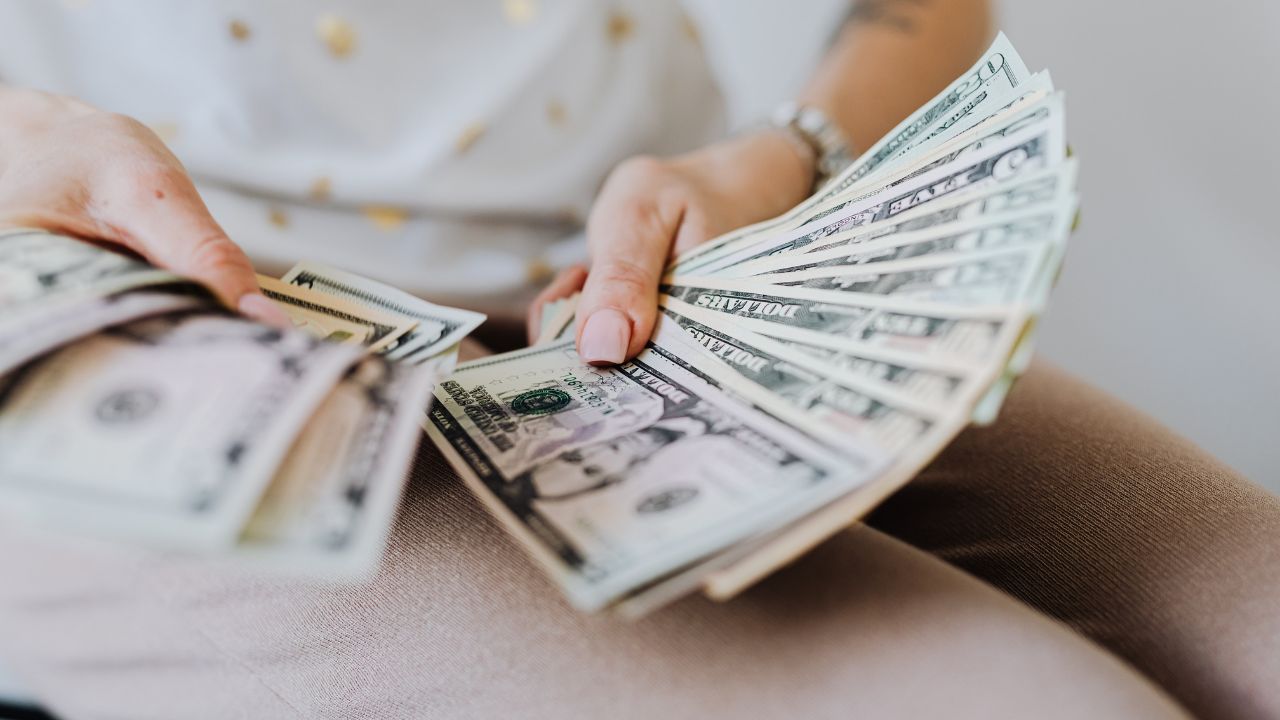As discussions about government payments re-enter national news, one question stands out: Will Americans receive a $2,000 payment under Donald Trump’s tariff dividend plan? The proposal has gained attention because it promises a large payout funded not by traditional stimulus programs, but by money collected from tariffs on imported goods.
Despite the high public interest, the plan is still being shaped, and many parts remain uncertain. Government officials have not finalized eligibility rules, nor confirmed the payment method or timeline. News reports indicate that the idea is being evaluated, but it has not yet moved into the official implementation stage.
Few beyond President Trump’s staunchest allies are lining up to support his idea for a tariff dividend in the form of $2,000 checks. But Trump has a record of getting his pet ideas enacted. https://t.co/xXJIEmKqhh
— Yahoo Finance (@YahooFinance) November 21, 2025
Table of Contents
What is the $2,000 Tariff Dividend Proposal?
The central idea behind the proposal is to distribute about $2,000 to many Americans using money collected from U.S. import tariffs. According to the reports, Trump described this as a way to return tariff earnings directly to citizens.
This payment would not be called a stimulus check. The administration refers to it as a “tariff dividend,” suggesting a share of revenue gathered from foreign imports. The proposal is framed as a direct benefit tied to economic policy rather than emergency relief.
However, the structure of the dividend has not been finalized. It is unclear whether the payout would come as a direct deposit, paper check, tax credit, or some other distribution method.
How the Dividend Might Be Funded?
Analysts have examined how much tariff revenue the government collects yearly and compared it with how much the dividend program might cost. This helps show whether the idea is financially realistic.
| Financial Point | Latest Available Estimate |
|---|---|
| Annual U.S. tariff revenue mentioned in coverage | Approx. $200 billion |
| Estimated total cost of a $2,000 payment if widely distributed | Far above yearly tariff revenue, depending on eligibility rules |
| Tariff revenue trend | Varies by year and trade activity |
Tariffs do bring in significant money for the government, but the total amount still appears smaller than the possible cost of distributing $2,000 to a large share of households. This means additional measures or adjustments may be required if the goal is to keep the plan fully funded.
Who Might Qualify for the Dividend?
Since Congress has not officially passed any legislation supporting the dividend, the eligibility rules remain early-stage. Officials have offered broad hints, but no final criteria are published.
Possible eligibility details discussed so far
- Payments may exclude higher-income earners.
- Some reports suggest the benefit may target middle-income households.
- No confirmed details exist for children, dependents, or non-tax-filers.
Until formal rules are announced, these points remain preliminary.
When Could Americans Receive the Payment?
The timing discussed in news reports shows that the plan is not expected to result in immediate payments. The Providence Journal article notes that 2025 payments are not expected, and USA Today reports that the earliest discussions point toward 2026.
Implementation also depends on how quickly Congress acts, because no payments can be made until the program passes legislative approval.
Given this, a realistic expectation is that the dividend cannot be issued until late 2026 or afterwards.
Legislative and Legal Steps Required
First, the dividend is not authorized under current U.S. law. Congress must approve a new bill that allows tariff revenue to be redirected as payments. Without this authorization, the Treasury cannot release funds.
Second, tariff collections themselves remain tied to U.S. trade laws. Any legal ruling affecting tariff authority could directly impact the revenue used to fund the dividend.
Third, budget committees would need to evaluate how the payout aligns with national spending limits and deficit projections. These steps make the process more complex than a simple executive-level announcement.
Economic Effects That Could Shape the Program
The financial environment plays an important role in whether the dividend is sustainable. Tariff income changes when trade levels rise or fall, meaning future revenue could fluctuate. A drop in imports could reduce the amount available for payments.
Furthermore, large government payouts require careful balancing to avoid increasing the deficit. The administration must determine whether tariff revenue alone is enough or if additional offsets are needed.
Finally, economic experts highlight that the cost of goods could adjust if tariffs remain elevated, affecting purchasing power for households receiving the dividend.
What Americans Should Expect Next?
For now, the most important step is the introduction of an official bill in Congress. This will outline payment amounts, eligibility rules, and funding sources. Once that bill is available, the Treasury Department and IRS can provide detailed instructions on distribution.
Until then, no one can apply, register, or submit documents for the dividend. Government agencies have not opened any channels for payment requests. Any such announcements must come from official federal platforms. Updates are expected as Congress reviews the proposal and as tariff revenue forecasts are updated.




